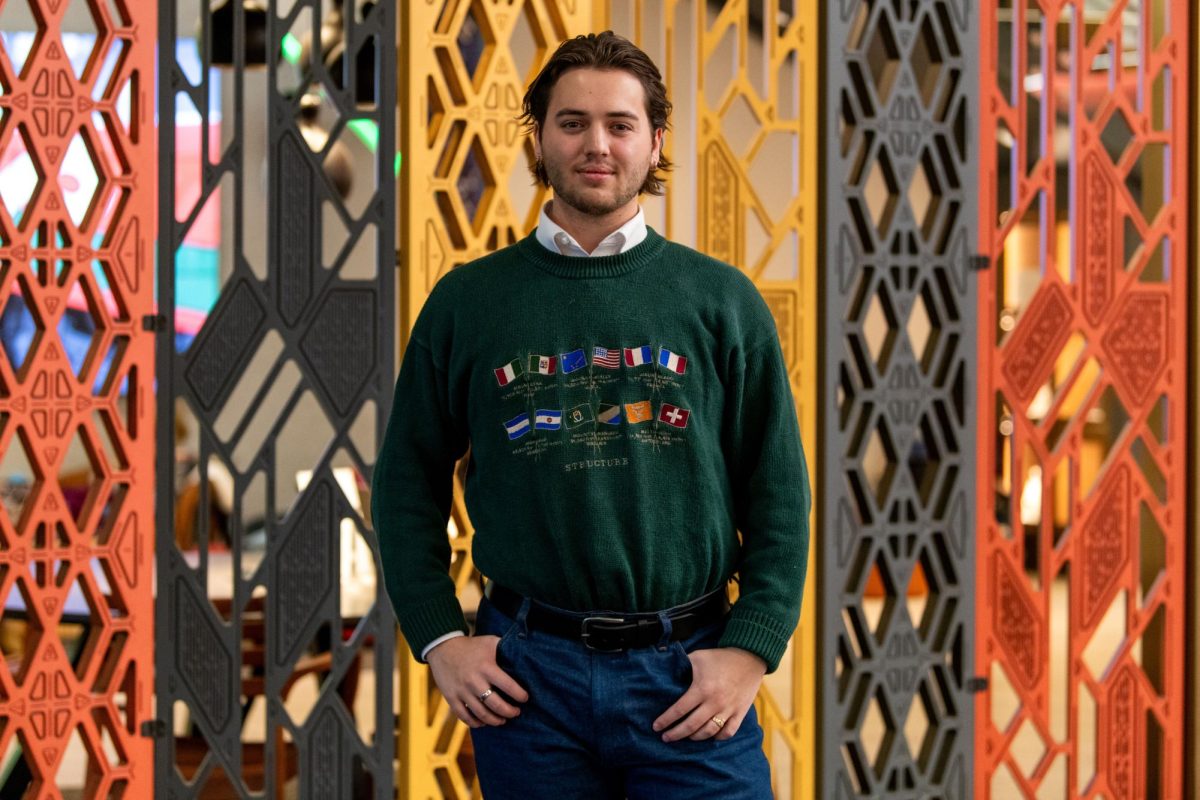Carnegie exhibit displays satiric element of art
February 18, 2010
“Caricature, Satire, and Comedy of Manners: Works on Paper from the 18th through 20th… “Caricature, Satire, and Comedy of Manners: Works on Paper from the 18th through 20th Centuries”
Feb. 13-Aug. 15
Carnegie Museum of Art
Works on Paper Gallery
Before YouTube and “Saturday Night Live,” people had to rely on paint and pencil to vent their frustration with societal absurdity.
“Satire and caricature are really old concepts,” Amanda Zehnder, assistant curator of fine arts at the Carnegie Museum of Art and organizer of the exhibit, said. “Each artist has such a different way of playing with this idea of distortion.”
Everyone will be able to observe how much comedy and satire has changed, and how much it’s remained the same in, “Caricature, Satire, and Comedy of Manners.”
The exhibit contains about 80 prints from 12 artists, with a focus on three main artists: Francisco Goya, Honoré Daumier and William Hogarth. It spans a range of culture, topics and tone.
“They are definitely huge figures in the tradition in terms of print making,” she said. “Those three artists are so different.”
Undoubtedly the darkest of the three, Goya exhibits work that epitomizes the grim aspect of the genre.
A Spanish printmaker of bleak visions and monsters, Goya has work on display that’s far from humorous, and it proves difficult, at first, to discern the criticism beneath the imagery.
Goya’s critiques never grew too specific for fear of political repercussions.
“A lot of his prints involve imagery that he kind of took from Carnival, and from folklore, and superstition and so forth, and blended it together with his own sort of fantastical ideas,” she said. “It’s so grand and nightmarish.”
Despite Goya’s inaccessibility, Zehnder believes the first edition prints of the Goya book “Los Caprichos” will attract the most attention. A series of 80 prints, the book’s pages will be turned every couple months to allow repeat visitors a wider impression of Goya’s work.
“That is definitely, I think, the star object of the show,” she said.
For those who’d prefer a more lighthearted approach to satire, there’s the French caricaturist Daumier, an artist who focused his early attacks on politics — particularly his “arch-nemesis,” Louis-Philippe, the king of France.
“He was very political in his interests,” Zehnder said. “Very radical for his time period.”
After a particularly harsh 1832 caricature of the French king, Daumier was sentenced to an extended jail sentence. The sentence was eventually reduced, but Daumier remained limited in his targets. New censorship laws forced the artist to reform himself into a breezy social caricaturist that Zehnder called a “French Seinfeld.”
One notable piece of comedy is Daumier’s “Parisian Types,” which examines the various quirky characters seen in Paris.
“If you think about [“Seinfeld”] as looking at social types like the ‘close talker’ or ‘man hands’ … that is really predominate in a bunch of the prints from Daumier,” she said. “It really is all about just observing people — regular, bourgeoisie people.”
In between Goya’s bleak landscapes and Daumier’s post-political whimsy lies William Hogarth, the English painter and printmaker.
The exhibit will feature nine engravings of his: two prints from his series “Marriage à-la-Mode,” one stand-alone print and a full series of six prints, “A Harlot’s Progress.”
Most famously, “A Harlot’s Progress” takes viewers through the story of a naive young woman who arrives in London wanting to be a seamstress. The woman eventually winds up in dire straights, becomes a prostitute and dies.
“It’s both a critique of really poor personal choices on the part of this main character, and then also a huge critique of the social machinery, or whatnot, that people get caught up in,” Zehnder said.
Overall, the exhibit has been a joy for Zehnder to assemble, but she admits it posed its fair share of challenges.
“It took a lot of research,” she said. “Distilling this sometimes quite difficult subject matter down to something that can be understood in less than two hundred words is a big challenge.”
If nothing else, Zehnder hopes the exhibit will surprise visitors.
“Even without having a lot of context, I think it’s amazing how much of the joke or the point really does come across,” she said.







